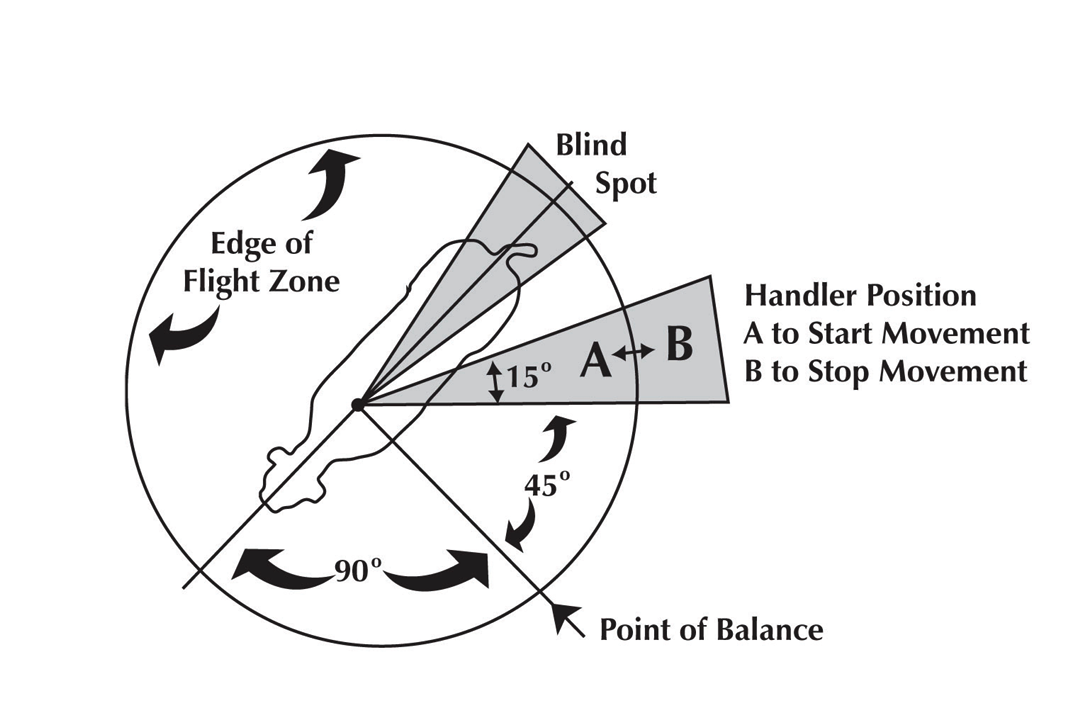
8.22.22
Cattle Handling Basics: Part 1 – The 5Ps of Effective Cattle Handling
WITH DR. TERA BARNHARDT
Effective cattle handling takes a keen understanding of them as biological creatures. I spend a lot of my time working with people on cattle handling techniques and principles. When I speak or train on this topic, I like to utilize a few main themes I will dive into in the next three blog posts. Let’s begin with The 5 Ps of Cattle Handling. I wish I had a pretty cool trademark but without further ado…
Cattle Handling Principal #1 – PERSONALITY
Assess the personality of the cattle you’re handling. Cattle from the ranch rarely see people or horses will interact differently with their caregivers compared to those closer to a barn that are being hand fed by a fourth grader.
You can assess the personality by determining their position and demeanor when you enter a pen or paddock.
- Are the ears up and alert?
- Do they even care that you are present?
Much of this assessment will help you prepare to handle cattle in the most low-stress manner possible.
Cattle Handling Principal #2 – PACK MENTALITY
Cattle naturally want to travel in a herd or pack. Please keep this in mind during any cattle handling opportunity. Play off their instinct to want to pack together by not allowing single animals to ruin the cattle handling event.
If a single comes off the group, send a few friends out with that animal so that you can have a small group rejoin the herd. Playing off the instinct to be in a group rather than hitting the trail as a lone boss will make your experience much smoother.

Cattle Handling Principal #3 – PREDATOR/PREY RELATIONSHIP
It is important to understand the basics of a predator and prey relationship. Cattle are prey animals, so they will be attuned to stalking or swerving patterns of predators when gathering a group. If you weave in and out behind a cattle group, you will ask them to move in a straight line as a group. If you do not utilize this pattern, you can confuse the cattle.
Because cattle are prey animals, they have strong peripheral vision. Play off of this pattern of eyesight, but also don’t let it get you in trouble. Remember, cattle in a pasture can see a huge amount of space surrounding their bodies. However, they have a poor ability to see directly in front of or behind their bodies.
Cattle Handling Principal #4 – PRESSURE AND RELEASE
I like to think of this as saying please and thank you when you are asking cattle to do a specific task. If you put pressure on the cattle and they move in the direction you intended, release the pressure off them by moving out of their flight zone.
The flight zone is the space surrounding cattle that once you enter that space, you will elicit movement because you have prompted their fight or flight natural instincts. Some cattle have a very large flight zone, and others do not have a flight zone at all. Therefore, you have to assess the personality of livestock to determine their flight zone. By working with the flight zone, you can get cattle to move in many directions.
Cattle Handling Principal #5 – Point of Balance
The point of balance for cattle is akin to the steering wheel on a truck. When you pass by the point of balance, you will be asking the animal to move in the opposite direction. For example, the eyeball is the balance point for cattle in a large pasture or paddock.
However, the point of balance is closer to the end of the shoulder when you are working cattle through a smaller pen or raceway to a chute. I utilize the point of balance in order to ask the animal to move in the opposite direction. When I walk by the eye while the animal is in a raceway headed to the chute, if I am traveling to the head of the animal, they will slow down. If I am traveling to the rear of the animal, when I walk by the eye, they will move forward.
Low-stress cattle handling should always be employed when working with cattle in your operation.
When cattle have a good experience with their caregivers, it sets up a precedence for how other handling events will go.
Dr. Tera Barnhardt
In the feedyard, we appreciate cattle that have been handled appropriately during previous events because it lowers the stress they experience when coming to a new location for finishing.

Meet Dr. Tera Barnhardt
Dr. Tera Barnhardt is a consulting veterinarian with a master’s in Science (from Kansas State University – GO CATS!) who specializes in animal welfare and research for feedyards, dairies, and cow-calf operations.
A busy mother of three and small business owner, Dr. B. is passionate about educating others in the beef and livestock industry about animal health and taking an active role in her community.
Follow Dr. B on LinkedIn, Twitter, or Instagram to keep up with the latest news & information about #beef and so much more!